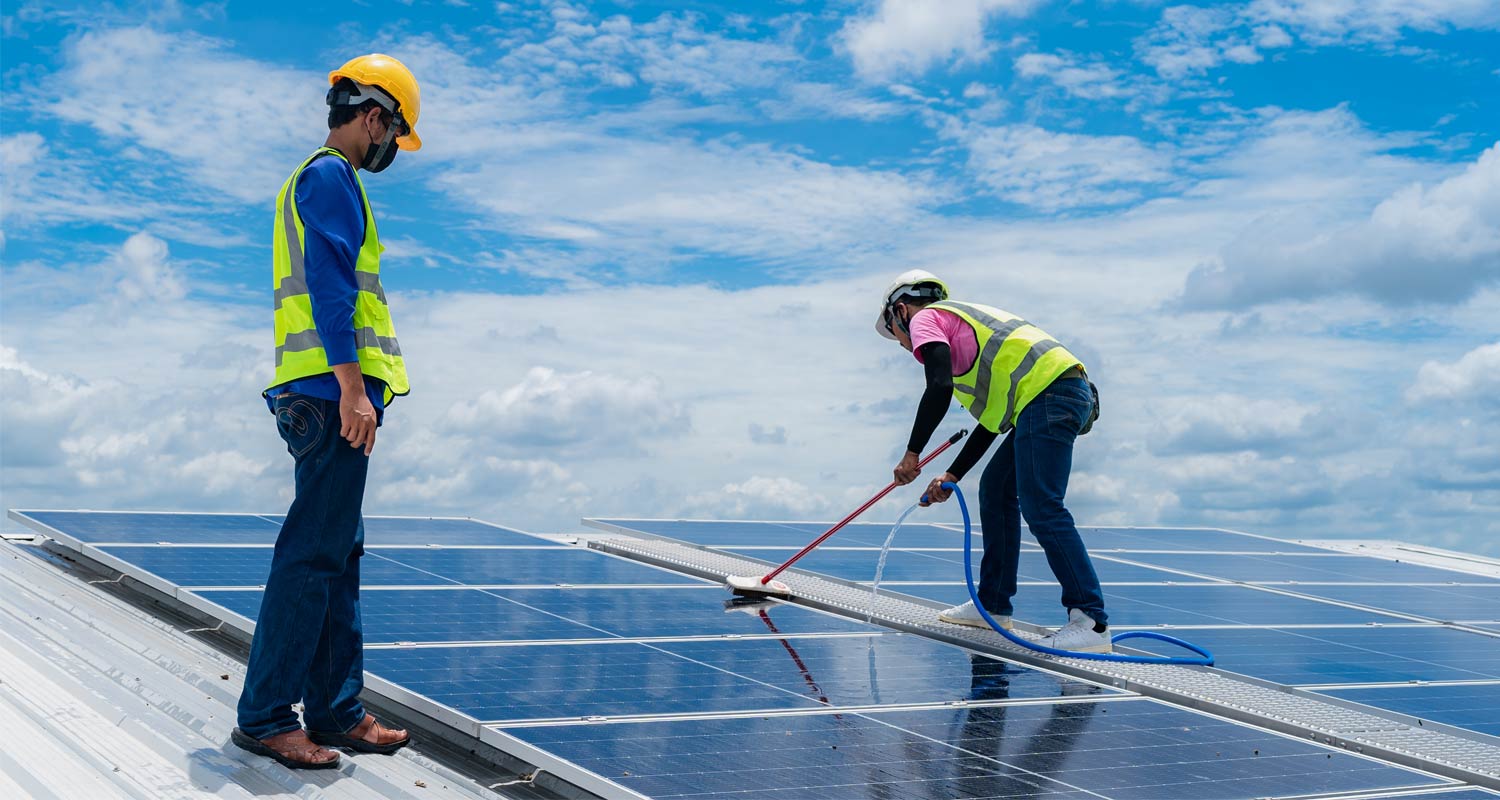Eskom has simplified how households and small businesses connect their rooftop solar and other so-called “small-scale embedded generation” (SSEG) systems to the national grid, cutting costs and red tape.
The utility said on Tuesday that its revised compliance and registration process will make legal grid connection “easier, safer and more affordable”, while keeping safety standards in place. The changes, finalised in September and effective immediately, remove one of the biggest administrative hurdles for home users.
Residential customers no longer need their SSEG systems signed off by a professional registered with the Engineering Council of South Africa. Instead, the installation can now be certified by a department of labour-registered person, excluding single-phase testers. Eskom said the decision followed a review of safety and compliance requirements, developed in consultation with the South African Bureau of Standards, the South African Photovoltaic Industry Association and other industry bodies.
“Our goal is to make it as simple, safe and cost-effective as possible for customers to connect legally, while ensuring the stability and safety of the national grid,” said Eskom acting group executive for distribution Agnes Mlambo in a statement.
Mlambo urged customers to register their systems to meet energy regulator Nersa’s requirements, adding that compliance will allow them to benefit from future programmes that reward clean-energy generation.
Under Nersa regulations, all households and businesses with generation systems smaller than 100kVA must register with Eskom or their local electricity licensee, even if they do not export power back to the grid. Customers who are entirely off-grid and not connected to Eskom’s network are exempt, provided they can prove that their systems operate independently.
Eskom said it must ensure all customer connections – whether for consumption or generation – comply with national technical and safety standards. The utility said the simplified rules will encourage more customers to register legally and integrate safely into the grid.
Savings
Until 2019, only medium-voltage customers – operating above 1 000V – were allowed to connect embedded generators in parallel with Eskom’s network. In April 2020, the utility extended the framework to include low-voltage users, paving the way for residential and small-business systems.
Under the new approach, Eskom has removed or reduced several costs that had deterred customers from registering. Homeowners installing systems of up to 50kVA will pay no registration or connection fees until March 2026. They will also not be required to install smart meters during this period. The utility estimates that the simpler sign-off process and fee waivers could save households more than R9 000 on a typical 16kVA rooftop solar system.
Read: Eskom vs solar users: Outa slams costly compliance rules
Non-residential customers will continue to benefit from last year’s reduced connection charges, Eskom said, ensuring continued relief for small businesses investing in renewable energy.
 The revised framework also aligns with Eskom’s plans to enable more dynamic tariffs and demand-response programmes. Properly registered customers can benefit from flexible pricing models that reward energy use during off-peak periods. Those exporting electricity to the grid are already eligible for the Nersa-approved Homeflex tariff, which provides credits for exported energy.
The revised framework also aligns with Eskom’s plans to enable more dynamic tariffs and demand-response programmes. Properly registered customers can benefit from flexible pricing models that reward energy use during off-peak periods. Those exporting electricity to the grid are already eligible for the Nersa-approved Homeflex tariff, which provides credits for exported energy.
Read: Eskom vs solar users: Outa slams costly compliance rules
Eskom said it urges all SSEG users to register their systems, warning that unregistered connections may pose safety and compliance risks. – © 2025 NewsCentral Media
Get breaking news from TechCentral on WhatsApp. Sign up here.



